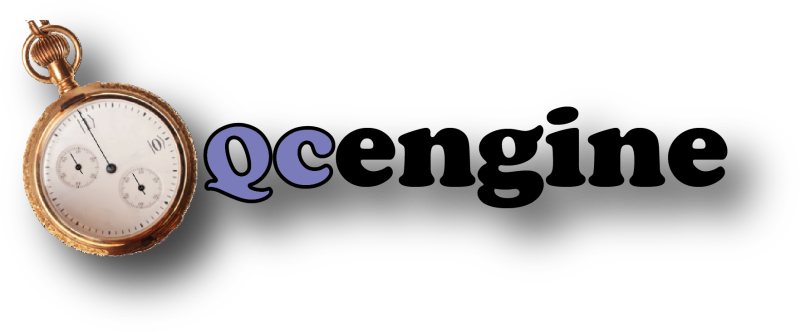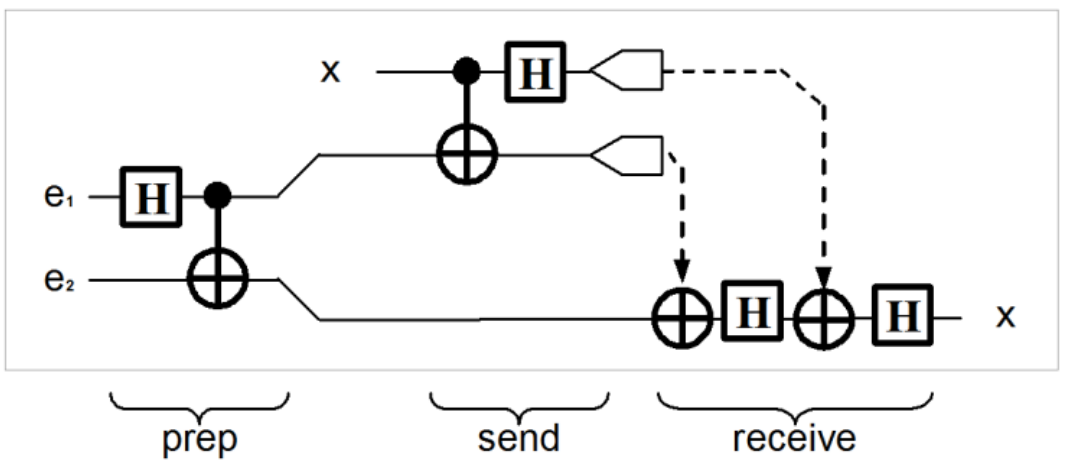
QCEngine Hands-On Introduction
This is an active QC simulator, which provides a programming interface, as well as a programmer's visual model, for QC operations. It's not finished yet, but you're welcome to browse. Please give feedback to qc@machinelevel.com!©2000-2015 All rights reserved. For more information, please send email to qc@machinelevel.com


